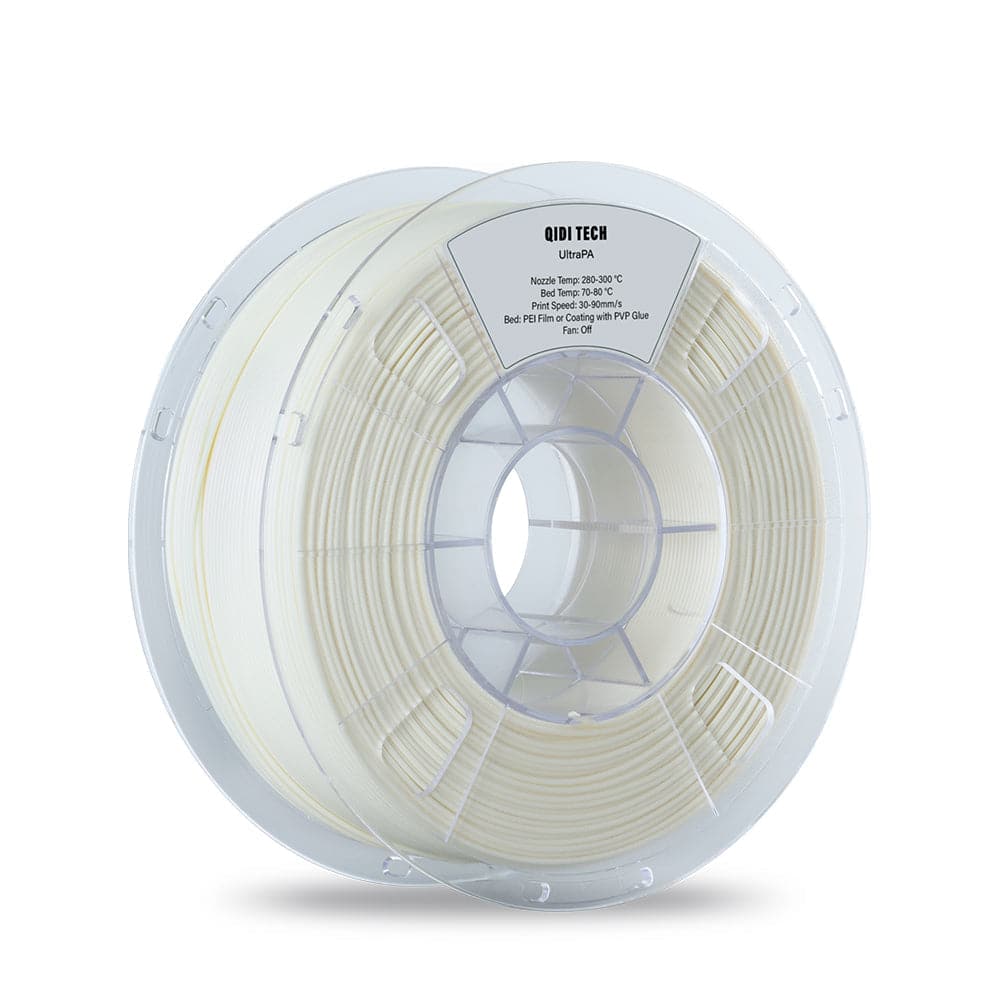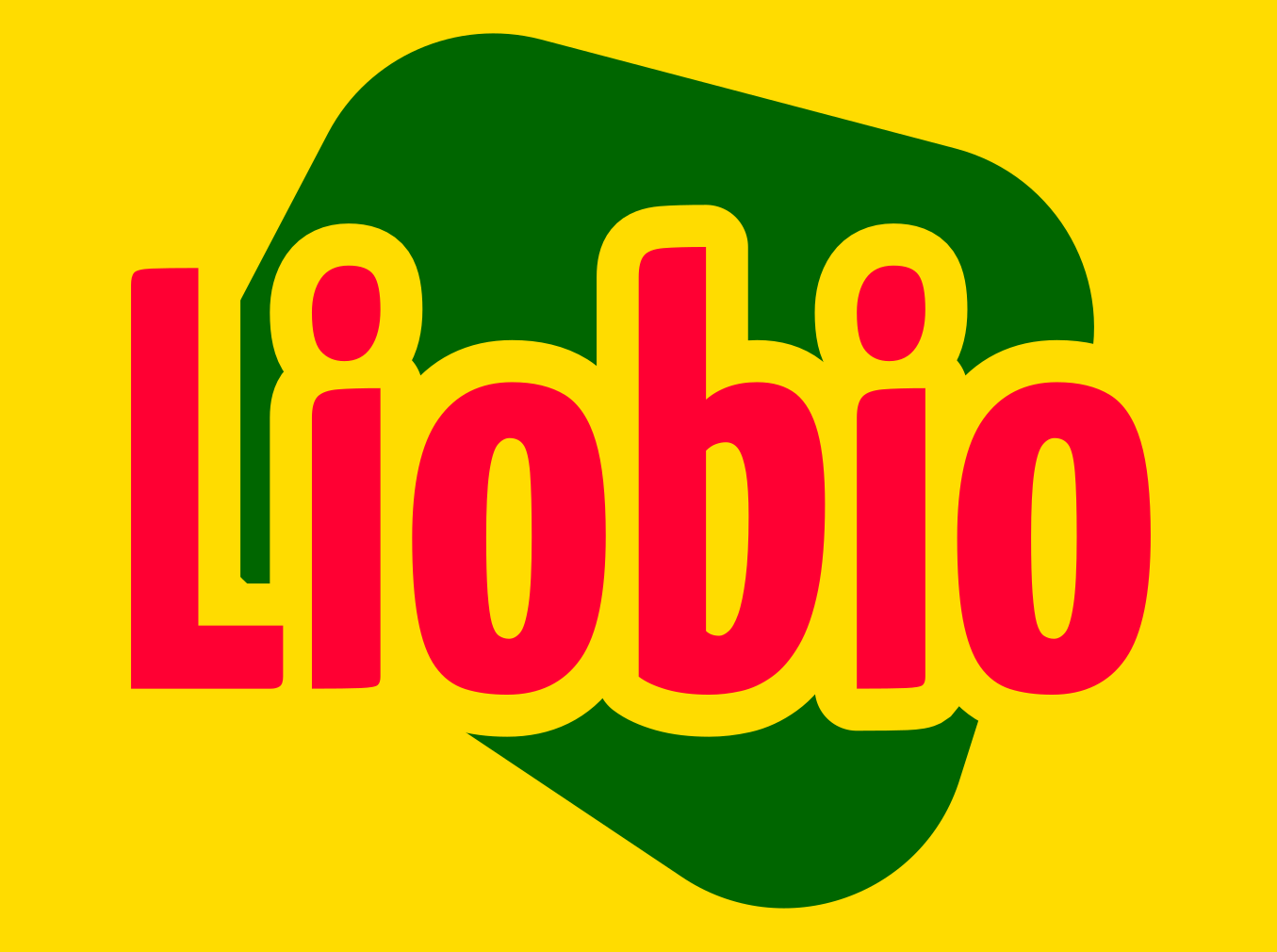Unlock the Secrets to Sourcing the Best Nylon Filament for Your 3D Printing Dreams!
Nylon filament has emerged as a game-changer in the realm of 3D printing, captivating the interest of both hobbyists and professionals alike. Its unique properties, such as excellent strength and flexibility, make it an ideal choice for a wide range of projects, from functional prototypes to intricate designs. As the popularity of 3D printing continues to soar, understanding how to source the best nylon filament becomes crucial for achieving high-quality results. This article aims to provide valuable insights into finding reliable suppliers and making informed purchasing decisions, ensuring your 3D printing projects reach their full potential.

Understanding Nylon Filament
Nylon filament, a synthetic polymer, is renowned for its impressive mechanical properties. It boasts high tensile strength, making it less prone to breakage compared to other materials, while its flexibility allows for the creation of intricate shapes without compromising durability. When compared to PLA or ABS filaments, nylon stands out due to its superior elongation at break and resistance to wear and tear. However, it is essential to note that nylon is hygroscopic, meaning it absorbs moisture from the air, which can impact print quality. Therefore, proper storage is crucial for maintaining its integrity. Understanding these properties can help you decide if nylon is the right choice for your specific 3D printing needs.
Key Factors to Consider When Sourcing Nylon Filament
When sourcing nylon filament, several critical factors must be taken into account to ensure optimal performance. Start by considering the filament diameter; the most common sizes are 1.75mm and 2.85mm. This choice can affect compatibility with your 3D printer. Additionally, understanding the recommended print temperature is vital, as nylon typically requires higher temperatures than other filaments, often ranging from 240°C to 260°C. Environmental factors also play a significant role; humidity can dramatically influence filament quality, so sourcing from suppliers who guarantee moisture-free packaging is essential. By carefully evaluating these considerations, you can enhance your chances of achieving successful 3D prints with nylon filament.
Where to Find Nylon Filament Suppliers
Finding reliable suppliers for nylon filament can be a daunting task, but several avenues exist to streamline the process. Online marketplaces like e-commerce websites provide a wide variety of options, often featuring customer reviews that can help gauge product quality. Local suppliers and specialty stores may also offer the advantage of being able to see the filament firsthand before purchasing. When evaluating suppliers, look for those that provide transparent information about their products, including certifications and user feedback. Additionally, engaging with 3D printing communities, both online and offline, can lead to recommendations for trustworthy suppliers who consistently deliver high-quality nylon filament.
Tips for Purchasing Nylon Filament
When purchasing nylon filament, consider buying in bulk to save costs, especially if you anticipate a high volume of printing. Familiarizing yourself with various filament brands can also be beneficial; not all brands offer the same quality or performance. Look for suppliers that provide detailed specifications, such as filament diameter and recommended print settings. Furthermore, checking for certifications or testing results can offer peace of mind regarding the filament's quality. A friend of mine once faced significant challenges with inconsistent filament quality, which could have been avoided with careful supplier selection. By following these practical tips, you can enhance your purchasing decisions and ensure a smoother printing experience.
Common Issues and Solutions with Nylon Filament
While nylon filament offers numerous advantages, it is not without its challenges. Common issues include warping and poor adhesion to the print bed. To combat warping, ensure that your print bed is adequately heated, as this can help maintain a consistent temperature throughout the printing process. Additionally, using an appropriate adhesive, such as a glue stick or a specialized print bed surface, can improve adhesion. My experience with a friend's recent project highlighted how critical bed preparation was; he initially struggled with his prints lifting off the bed until he adjusted his approach. By being aware of these common issues and employing effective solutions, you can significantly enhance your 3D printing results with nylon filament.
Maximizing Your 3D Printing Success with Nylon Filament
In conclusion, sourcing the right nylon filament is essential for achieving successful 3D printing outcomes. By understanding the properties of nylon, considering key factors during sourcing, and knowing where to find reliable suppliers, you can make informed decisions that will benefit your projects. Moreover, being aware of common issues and solutions will help you navigate the challenges that come with this material. Armed with this knowledge, you are encouraged to explore the world of nylon filament and apply these insights to elevate your 3D printing endeavors.


